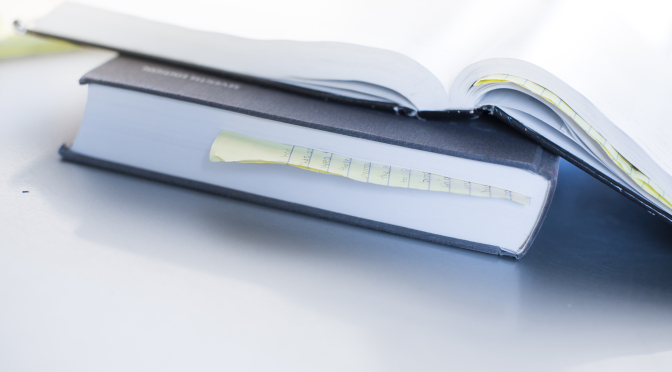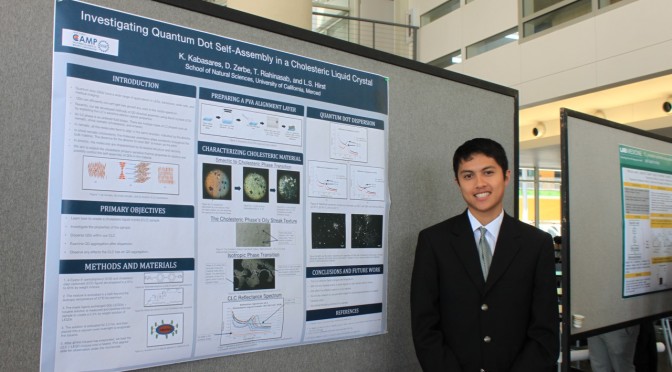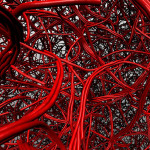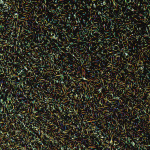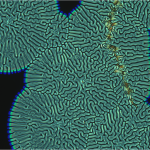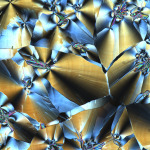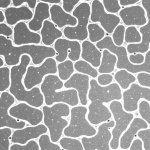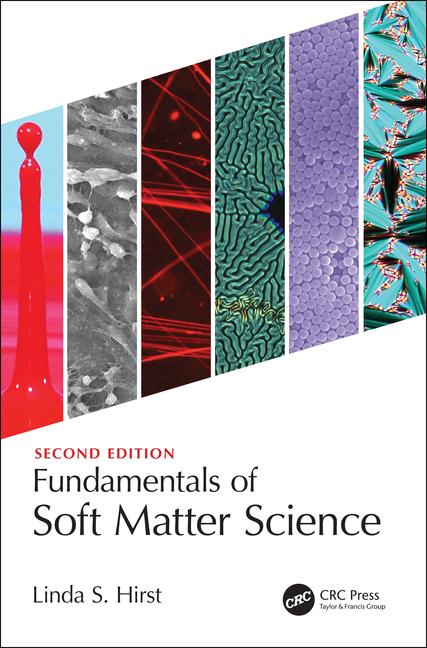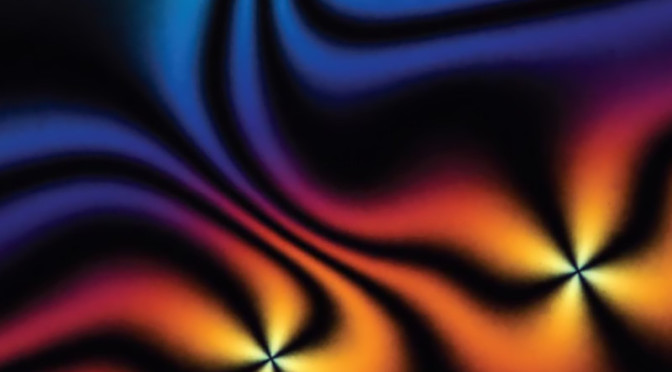Dr Chai Lor successfully defended his PhD thesis in the BEST (Bioengineering and small scale technologies) program on October 26th. Chai was a bioengineering undergraduate at UC Merced and a member of the first graduating class.
“Phase Behavior and Nanotube Formation in Lipid Membranes”
Biological cells are protected by a complex barrier called the lipid membrane. The lipid membrane is a soft material structure consisting of many lipid molecules held together by hydrophobic forces in an aqueous solution. Two simple experimental models were employed to investigate the role of specific lipid molecules in biological membranes. The first model investigated the phase behavior of the binary lipid mixture, 1-dipalmitoyl-2-docosahexaenoyl-sn-glycero-3-phosphoethanolamine (DHA-PE) and 1,2-dipalmitoyl-sn-glycero-3-phosphocholine (DPPC), using small-angle x-ray scattering (SAXS) and wide-angle x-ray scattering (WAXS). Our results shows that DHA-PE induces phase separation into a DHA rich liquid crystalline (Lα) phase and a DHA poor gel (Lβ’) phase at overall DHA-PE concentrations as low as 0.1mol%. In addition, we find that the structure of the Lβ’ phase, from which the DHA-PE molecules are largely excluded, is modified in the phase-separated state at low DHA-PE concentrations, with a decrease in bilayer thickness of 1.34nm for 0.1mol% at room temperature compared to pure DPPC bilayers. The second model investigated the formation of lipid nanotubes using an anchor system consisting of lipids, kinesin molecular motors, and microtubules in a flow cell. Lipid tubulation was conducted on two different membranes, 1,2-dioleoyl-sn-glycero-3-phosphocholine (DOPC) and DPPC. Lipid nanotubes were pulled from anchored giant unilamellar vesicles (GUVs) by drag force generated from the flow inside the channel. The results showed that DPPC membranes cannot generate lipid nanotubes while DOPC can, which was expected. We find that a drag force of approximately ≈7.9 pN is sufficient for tubule extraction and that it only requires 1-2 kinesin motor proteins for anchoring the GUV.
“Low concentrations of docosahexanoic acid significantly modify membrane structure and phase behavior”
C. Lor and L.S. Hirst, MEMBRANES, 5(4), 857-874 Link (2015)

